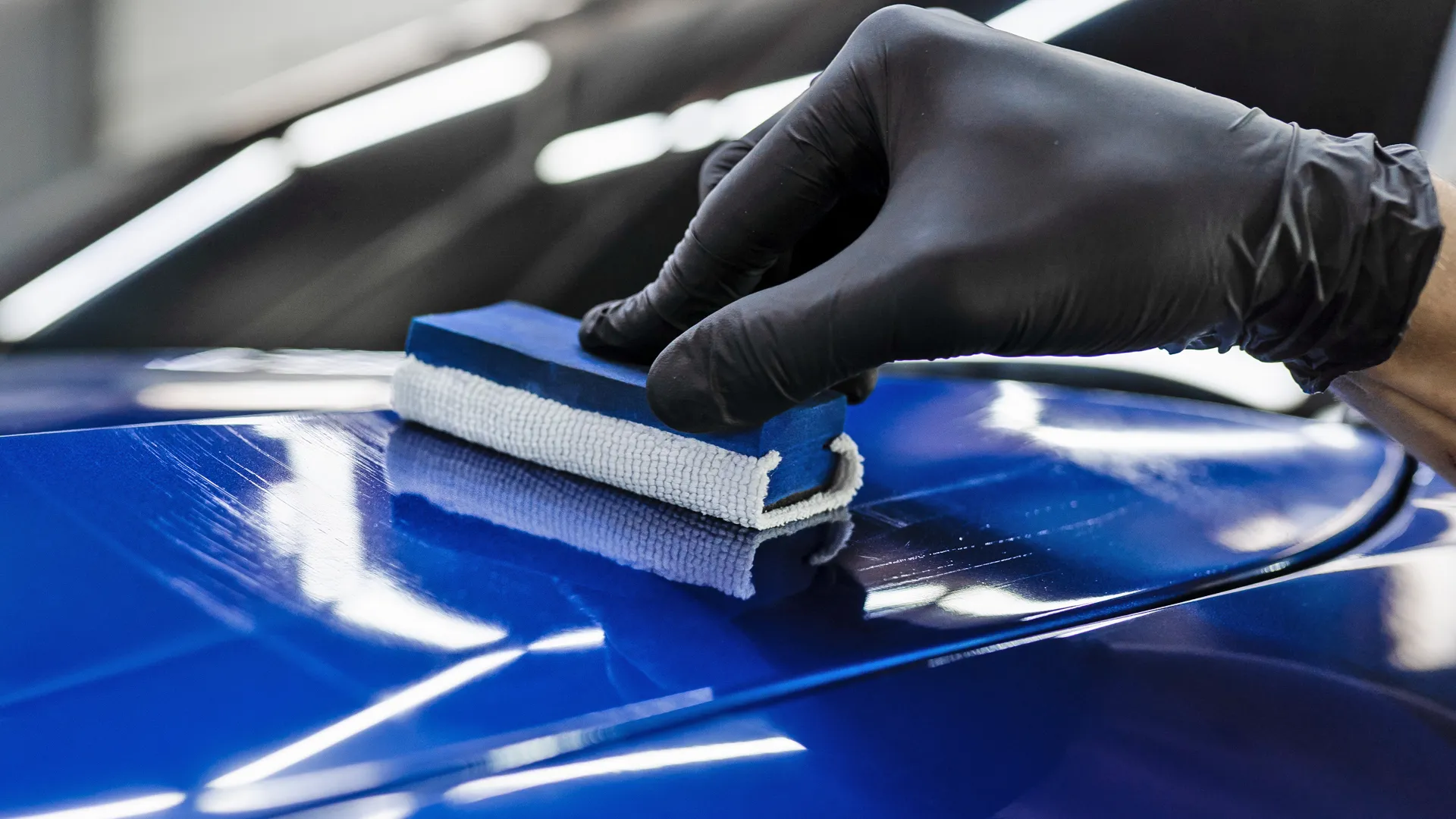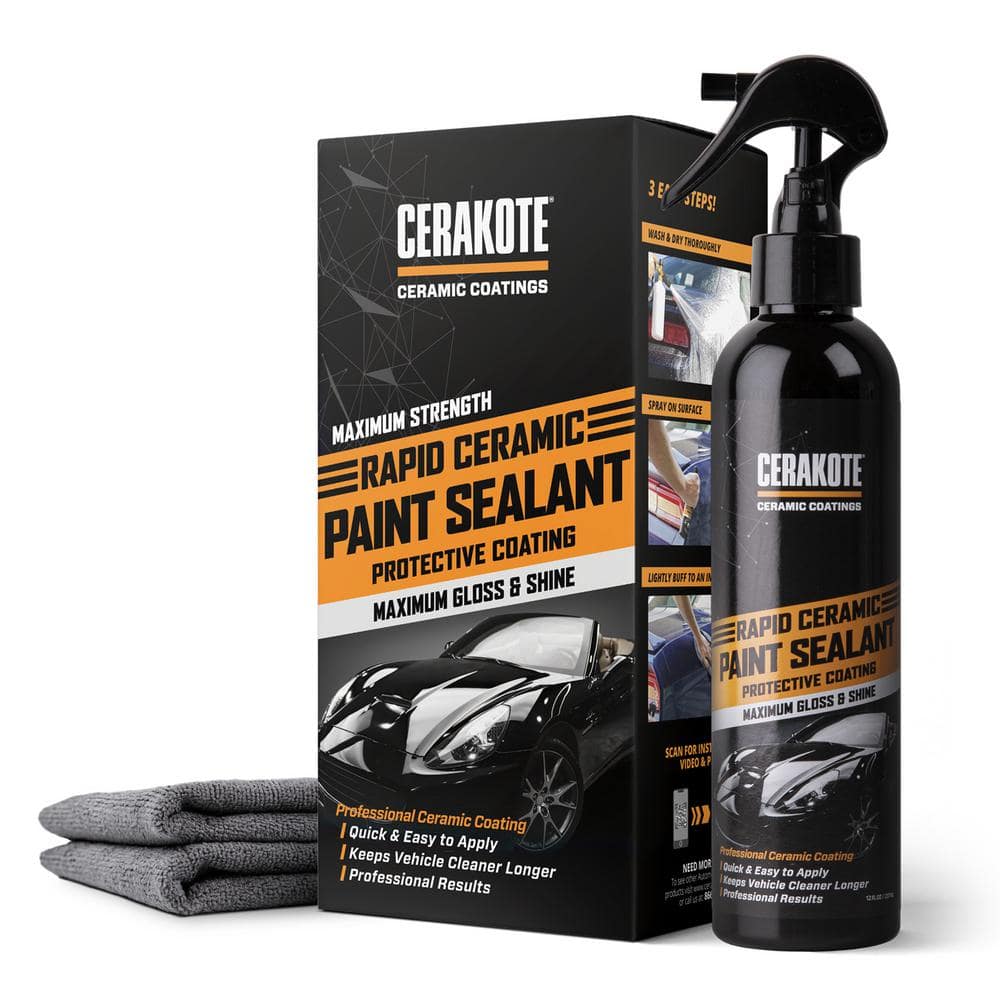Extend the Life of Your Vehicle’s Finish with High-Tech Ceramic Coating Denver
Extend the Life of Your Vehicle’s Finish with High-Tech Ceramic Coating Denver
Blog Article
A Comprehensive Guide to the Types of Ceramic Finish on the Market
Ceramic finishes have actually emerged as a crucial service throughout numerous sectors as a result of their special buildings and applications. From silica-based formulas known for their effectiveness to hybrid alternatives that merge multiple advantages, the choices offered can be overwhelming. Understanding the nuances of each type, including their details benefits and suitable use instances, is crucial for making educated choices. As we discover the distinct attributes and applications of these layers, the implications for efficiency and durability become significantly evident, questioning concerning which type may ideal match your needs.
Comprehending Ceramic Coatings
Ceramic layers are innovative safety remedies that have gained appeal in various sectors, particularly in aerospace and automobile applications. These coatings include a liquid polymer that, when healed, forms a sturdy, hydrophobic layer on the surface area of the substrate. This layer provides boosted resistance to ecological impurities, UV radiation, and chemical exposure, thereby extending the life and aesthetic charm of the underlying material.
The fundamental part of ceramic coatings is silica, which adds to their solidity and durability. The application process typically involves surface area prep work, application of the finish, and treating, which can be accomplished through heat or UV light. Once healed, ceramic finishes display phenomenal bonding buildings, enabling them to adhere strongly to a selection of surfaces, consisting of steels, plastics, and glass.
Along with their protective attributes, ceramic finishes likewise offer simplicity of upkeep. Their hydrophobic nature decreases the adherence of dust and crud, making cleansing easier and much less frequent. Generally, the fostering of ceramic finishings stands for a significant advancement in surface area defense modern technology, giving both visual and useful advantages throughout several fields.
Sorts Of Ceramic Coatings
Numerous types of ceramic layers are readily available, each made to fulfill specific performance needs and applications. The most common kinds consist of:
Silica-based Coatings, these coatings mostly consist of silicon dioxide and are understood for their sturdiness and chemical resistance. They are extensively used in industrial and auto applications.
Titanium Dioxide Coatings: Renowned for their photocatalytic buildings, titanium dioxide finishings are usually applied in environments where self-cleaning and antifungal buildings are desirable, such as in building materials and automobile coatings.
Zirconia Coatings are characterized by their high-temperature stability and thermal resistance, zirconia finishings are made use of in applications such as turbine engines and high-performance automotive components.
Alumina Coatings, Displaying superb hardness and thermal stability, alumina coverings are frequently made use of in wear-resistant applications, including reducing devices and commercial equipment.
Hybrid Coatings:Combining the buildings of numerous products, crossbreed coverings provide enhanced performance qualities, making them ideal for distinct and requiring applications.
Each kind of ceramic layer offers distinctive purposes, permitting customers to choose one of the most ideal option based on specific environmental conditions and efficiency requirements.
Advantages of Ceramic Coatings

In addition to resilience, ceramic finishings give excellent hydrophobic homes, enabling for easy cleaning and maintenance. This water-repellent nature decreases the adherence of dust, gunk, and other contaminants, which can lengthen the visual charm and capability of the surface. Ceramic coatings can significantly boost thermal resistance, making them suitable for applications that withstand high temperature levels.
Ceramic layers this link can contribute to power effectiveness by showing warmth, which is especially helpful in vehicle and industrial setups. On the whole, the various benefits of ceramic layers make them a useful financial investment for various applications, guaranteeing ideal efficiency and defense.
Application Refine
When using ceramic coatings, a thorough method is important to accomplish optimal results. The application process usually begins with detailed surface area prep work. This entails washing, decontaminating, and polishing the surface to remove all contaminations, consisting of dust, oil, and prior waxes or sealants. A tidy surface area makes sure appropriate adhesion of the finishing.
As soon as the surface area is prepped, the following action is to use the ceramic layer. This can be done making use of an applicator pad or a microfiber towel, making sure also coverage. It is essential to work in tiny sections to maintain control and avoid premature curing - Ceramic Coating Denver. The coating needs to be applied in thin layers, as thicker applications can bring about uneven coatings.
After application, the layer calls for a certain healing time, usually ranging from a couple of hours to a complete day, depending on the item. Following these steps vigilantly will take full advantage of the performance and longevity of the ceramic layer, providing a resilient protective layer for the surface.
Maintenance and Durability
To make sure the long life and effectiveness of a ceramic finishing, routine maintenance is necessary. Ceramic coverings, known for their toughness and protective top qualities, call for specific care regimens to optimize their life-span and efficiency. The very first step in upkeep involves routine cleaning with pH-neutral soap, preventing severe chemicals that can degrade the covering. It is recommended to clean the vehicle frequently, preferably every 2 weeks, to stop the buildup of impurities that can endanger the finish's you can try here stability.
Along with regular cleaning, periodic assessments are crucial. Look for indicators of wear or damage, such as hydrophobic properties decreasing or surface area blemishes. A light polish might be used to revitalize the layer without removing it away. if required - Ceramic Coating Denver.
Moreover, the application of a booster spray can boost the covering's hydrophobic results and recover its gloss. This is particularly helpful for finishes that have remained in use for an extensive duration. Eventually, by adhering to these maintenance methods, one can dramatically expand the life of a ceramic finish, ensuring that it continues to offer ideal protection against environmental elements and preserve hop over to these guys the visual allure of the lorry.

Verdict
To conclude, ceramic coverings represent a versatile remedy for a series of applications, supplying a selection of types such as silica, titanium dioxide, zirconia, and alumina. Each type offers unique advantages, including longevity, self-cleaning homes, high-temperature stability, and use resistance. The application procedure and ongoing maintenance play essential functions in maximizing the long life and efficiency of these layers. Generally, ceramic coverings contribute substantially to boosting the toughness and functionality of various surfaces across multiple markets.
Ceramic layers have emerged as a pivotal solution throughout numerous industries due to their unique residential properties and applications.Ceramic finishes are sophisticated protective solutions that have actually gotten popularity in different industries, particularly in aerospace and vehicle applications. Ceramic layers can dramatically boost thermal resistance, making them suitable for applications that sustain high temperature levels.
In general, the various benefits of ceramic finishings make them a useful investment for numerous applications, making sure ideal performance and defense.
In final thought, ceramic coverings stand for a versatile remedy for a range of applications, using a variety of types such as silica, titanium alumina, zirconia, and dioxide.
Report this page